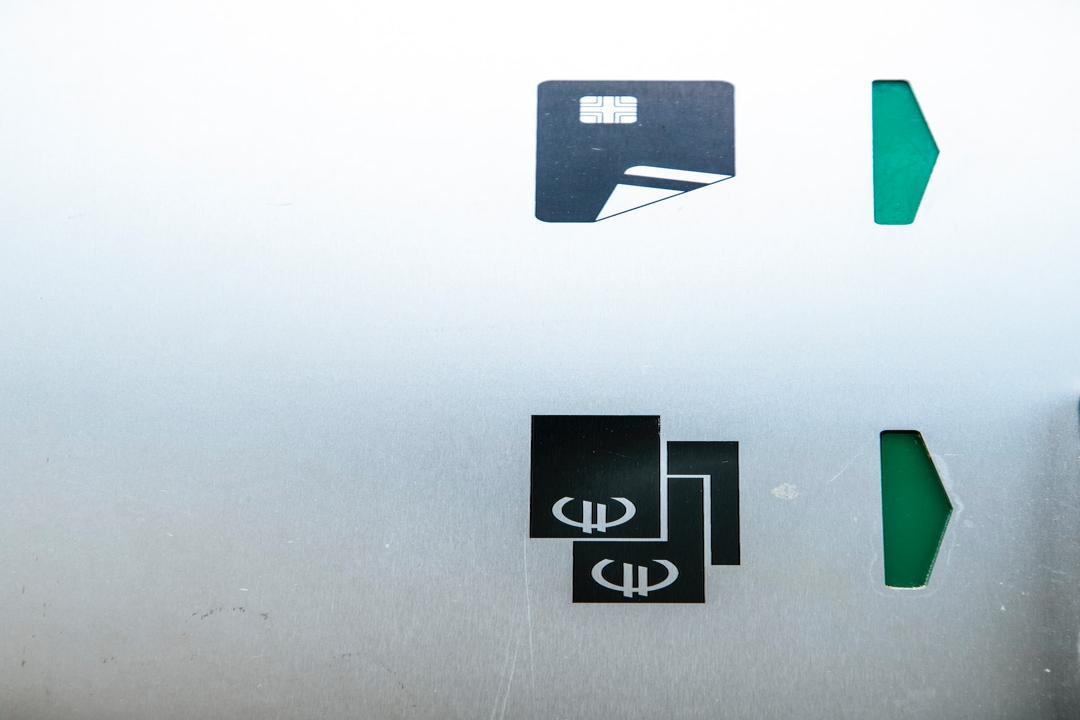Visa, a leading international payment company, has released a groundbreaking study challenging the idea that stablecoin transactions are reaching levels comparable to traditional payment networks. Contrary to popular belief, Visa has expressed doubts about the reliability of stablecoin transactions gaining the same popularity as traditional money networks.
Cuy Sheffield, Visa’s head of crypto, recently shared his thoughts in a discussion on X thread, highlighting that a significant portion of stablecoin transactions on various blockchain networks are influenced by excessive noise, often caused by automated bot activities.
Visa’s approach to analyzing stablecoin transactions involves two key metrics. Firstly, they focus solely on the largest stablecoin amounts transferred in a single transaction, disregarding smaller transactions resulting from complex smart contract interactions.
Secondly, they utilize an “inorganic user filter,” targeting transactions initiated by accounts involved in fewer than 1,000 stablecoin transactions and $10 million in transfer volume.
In a statement to Bloomberg, Pranav Sood, executive general manager for EMEA at payments platform Airwallex, emphasized that data indicates stablecoins are still at an early stage of development as a payment instrument. Sood suggested that the market should concentrate on enhancing existing payment systems in the short and mid-term.
Despite Visa’s findings, not everyone in the cryptocurrency industry agrees with their methodology. Nick van Eck, co-founder of Agora, a startup specializing in stablecoins, expressed skepticism in a statement to DL News, arguing that the data does not make sense as it could include legitimate trading firms using these products.
For more insights, the Aave community is set to review small-cap stablecoins on Aave V2, aiming to provide further understanding of this evolving market.

